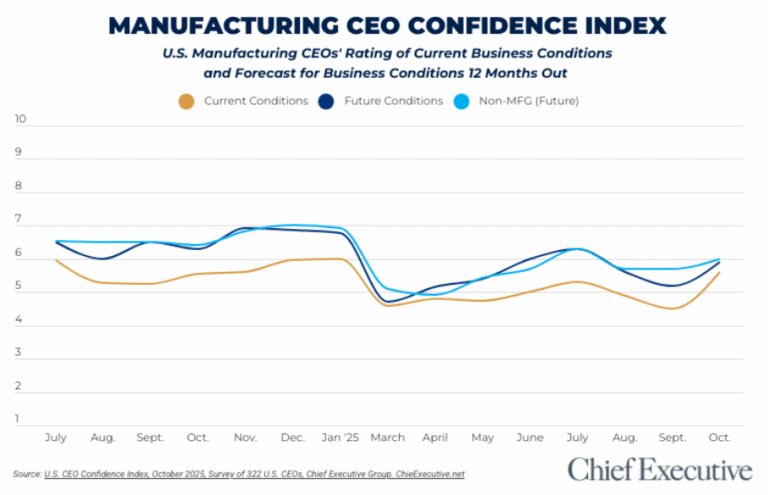


Good news: Chief Executive reports growing optimism among the (largely US-based) middle market CEOs they surveyed. Their confidence comes despite persistent geopolitical issues, inflation, and partisanship that’s impeding much-needed policy. AP News concurs, citing analyses by multiple professional forecasters: they expect the economy to beat earlier growth estimates.
The stats also indicate a robust job market. The economy added more jobs than expected in recent months. Even if the pace of job growth slows in 2024, Morningstar and others expect it to remain healthy, returning to pre-pandemic rates. We’ve moved from the Great Resignation or Reshuffle to the “Great Stay.” All of this begs the question:
First introduced decades ago, Applicant Tracking Systems (ATS) have since evolved beyond simply tracking large numbers of resumes. Today, they aim to find qualified talent quickly. Most promise to streamline the talent acquisition process and improve communication between employer and applicant.
Instead, executives and job seekers alike lament the slow speed and lengthy process of hiring. And both employee and applicant experience suffer. Having too few people stresses every part of the organization and impedes performance. Companies aren’t meeting customer expectations, delivering the value they promise, or honoring the people they do have. Overworked and understaffed teams burn out and there’s no time or energy left to find and secure new talent quickly enough.
Job candidates apply for open positions, only to land in a black hole receiving no information about the status of their application. Many organizations are trapped in an infinite loop. Qualified candidates are “out there,” yet the chasm between finding and adding new talent seems only to grow wider. It’s time to consider:
On paper, your talent acquisition system and process may well be simple, streamlined, and helpful for tracking candidates. Yet are the metrics telling you the whole story? Applicant and employee stories suggest not.
By its very design, an ATS takes people out of the people process. Understanding the algorithms and how they work becomes the real success factor for jobseekers. No wonder a plethora of systems or programs have emerged to help candidates to “beat the ATS!”
Employers may also lose, in part because they don’t know what (or who) they’re missing. Of course, hiring managers must define what they need and capture this in a compelling job description. Equally important, however, they must understand how the ATS will interpret their need when screening candidates.
Picture a bell-curve. In statistics, a normal distribution of data (candidates) results in a bell-shaped curve that shows the mean, or average, at the center of the curve. The tails capture the outliers, or those that deviate modestly from the average. ATS typically identifies the candidates in the middle of a bell curve—those with the greatest match to the criteria. On the one hand, this gives employers a large pool of candidates who fit their profile. On the other hand, hiring managers may miss the opportunity to interview someone whose atypical resume might offer tremendous value to the team.
Further, the system is based on data that’s intended to allow an objective assessment of candidates. Yet, the system screens candidates based on subjective criteria—and keywords—set by employers. And precisely because the ATS takes people out of the process, individual bias creeps in. So, what’s the solution?
Clearly, hiring managers and talent acquisition specialists can (and should) dive into the data their ATS provides. And many do just that. They understand the talent pool their job description and criteria attract and the ATS rewards. Then they adjust as needed to strengthen the candidate pool.
Yet, getting the right people in the right seats at the right time is just one piece of the puzzle for many of the executives I advise. They also seek a more diverse talent pool, one that includes people of varied experience, background, ethnicity, and more. Further, they see the benefit of non-traditional paths and wisdom gained over time. These are the folks that are more likely to land outside the norm and thus, be screened out by an algorithm. Hiring managers won’t know they exist.
To put people back into the people process, thoughtful leaders consider their most successful people or those they admire. For example, among top performers (both high-potential and high-professional):
• Who are the most creative thinkers? What characteristics most contribute to their success?
• Who has had the most unusual experience, education, or career journey? How has this helped the team?
• In what ways do younger/earlier career staff benefit most from older/later career colleagues? And vice versa.
• Who has most surprised or delighted senior leaders? The one they “never would have hired” due to initial impressions or perceptions, yet who proved to be a tremendous asset.
• To what extent does the ATS make it easier to identify this broad group of candidates?
Certainly, many factors contribute to the ease of finding qualified talent and capturing the power of diversity for the business. An ATS can add value to the process and decrease the cost per hire. Nevertheless, the tool is only as good as the assumptions and criteria it’s given. When the approach fails to deliver the required results, skilled executives reframe their thinking. Shifting their own perceptions and conclusions, they are better equipped to identify both what’s getting in the way and what’s most likely to take them forward.




0

1:00 - 5:00 pm
Over 70% of Executives Surveyed Agree: Many Strategic Planning Efforts Lack Systematic Approach Tips for Enhancing Your Strategic Planning Process
Executives expressed frustration with their current strategic planning process. Issues include:
Steve Rutan and Denise Harrison have put together an afternoon workshop that will provide the tools you need to address these concerns. They have worked with hundreds of executives to develop a systematic approach that will enable your team to make better decisions during strategic planning. Steve and Denise will walk you through exercises for prioritizing your lists and steps that will reset and reinvigorate your process. This will be a hands-on workshop that will enable you to think about your business as you use the tools that are being presented. If you are ready for a Strategic Planning tune-up, select this workshop in your registration form. The additional fee of $695 will be added to your total.

2:00 - 5:00 pm
Female leaders face the same issues all leaders do, but they often face additional challenges too. In this peer session, we will facilitate a discussion of best practices and how to overcome common barriers to help women leaders be more effective within and outside their organizations.
Limited space available.

10:30 - 5:00 pm
General’s Retreat at Hermitage Golf Course
Sponsored by UBS
General’s Retreat, built in 1986 with architect Gary Roger Baird, has been voted the “Best Golf Course in Nashville” and is a “must play” when visiting the Nashville, Tennessee area. With the beautiful setting along the Cumberland River, golfers of all capabilities will thoroughly enjoy the golf, scenery and hospitality.
The golf outing fee includes transportation to and from the hotel, greens/cart fees, use of practice facilities, and boxed lunch. The bus will leave the hotel at 10:30 am for a noon shotgun start and return to the hotel after the cocktail reception following the completion of the round.